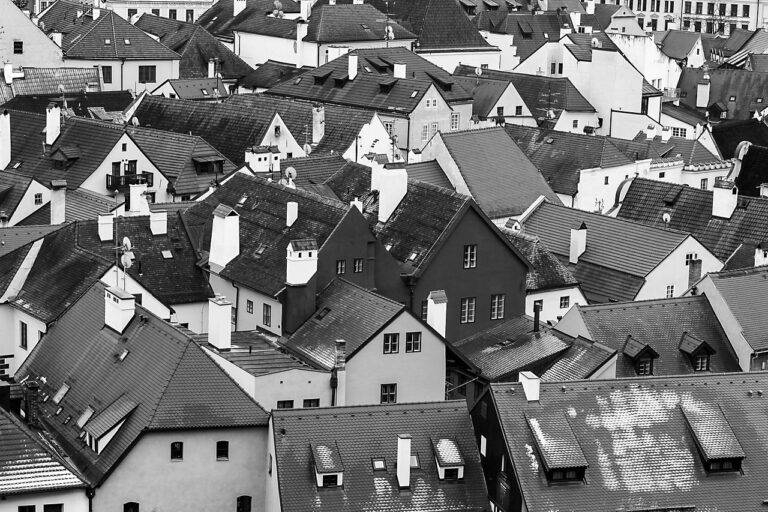Exploring the Benefits of Passive House Construction: Energy Efficiency at Its Best
Passive house construction offers a myriad of advantages for both homeowners and the environment. By incorporating high levels of insulation, airtight building envelope, and advanced ventilation systems, passive houses are designed to significantly reduce energy consumption. This leads to lower utility bills and a smaller carbon footprint, making passive houses a sustainable choice for eco-conscious individuals.
Moreover, the superior air quality and comfortable indoor temperatures maintained in passive houses contribute to a healthier living environment. The consistent temperature levels and controlled humidity levels provided by passive house construction can enhance overall well-being and reduce the risk of respiratory issues. Additionally, the durability and long-term cost savings associated with passive houses make them a wise investment for those seeking a sustainable and energy-efficient living space.
Passive House Principles
Passive House principles focus on achieving high levels of energy efficiency in buildings through meticulous attention to detail and strategic design choices. Key aspects include optimizing insulation levels, carefully selecting high-performance windows and doors, and minimizing thermal bridges to prevent heat loss. By prioritizing a well-sealed building envelope, Passive House construction aims to reduce energy consumption and ensure a comfortable indoor environment year-round.
In addition to a focus on insulation and air-tightness, Passive House principles emphasize the importance of ventilation systems that provide a constant supply of fresh air while recovering heat from outgoing air. By incorporating heat recovery ventilation systems, Passive House buildings can maintain high indoor air quality and minimize the loss of valuable heat energy. These principles of Passive House construction aim to not only reduce environmental impact but also create buildings that offer superior comfort, health, and long-term energy savings.
What are the benefits of Passive House construction?
Passive House construction offers numerous benefits such as significantly reduced energy consumption, improved indoor air quality, comfortable indoor temperatures year-round, and lower utility bills.
What are the main principles of Passive House design?
The main principles of Passive House design include super insulation, airtight construction, high-performance windows, ventilation with heat recovery, and the use of passive solar techniques.
How does Passive House construction help reduce energy consumption?
Passive House construction reduces energy consumption by minimizing heat loss through the building envelope, optimizing solar gain, and utilizing mechanical ventilation with heat recovery to efficiently heat and cool the indoor space.
Will Passive House construction cost more than traditional building methods?
Initially, Passive House construction may have a higher upfront cost compared to traditional building methods. However, the long-term energy savings and improved comfort levels can offset the initial investment over time.
Are Passive House principles suitable for all types of buildings?
Passive House principles can be applied to various types of buildings, including residential homes, commercial buildings, and institutional structures. However, the feasibility and cost-effectiveness may vary depending on the specific project requirements.





